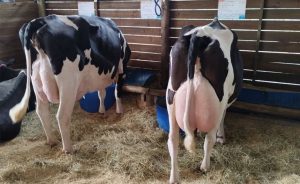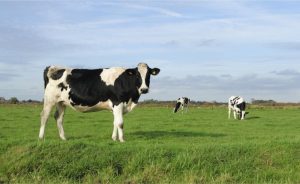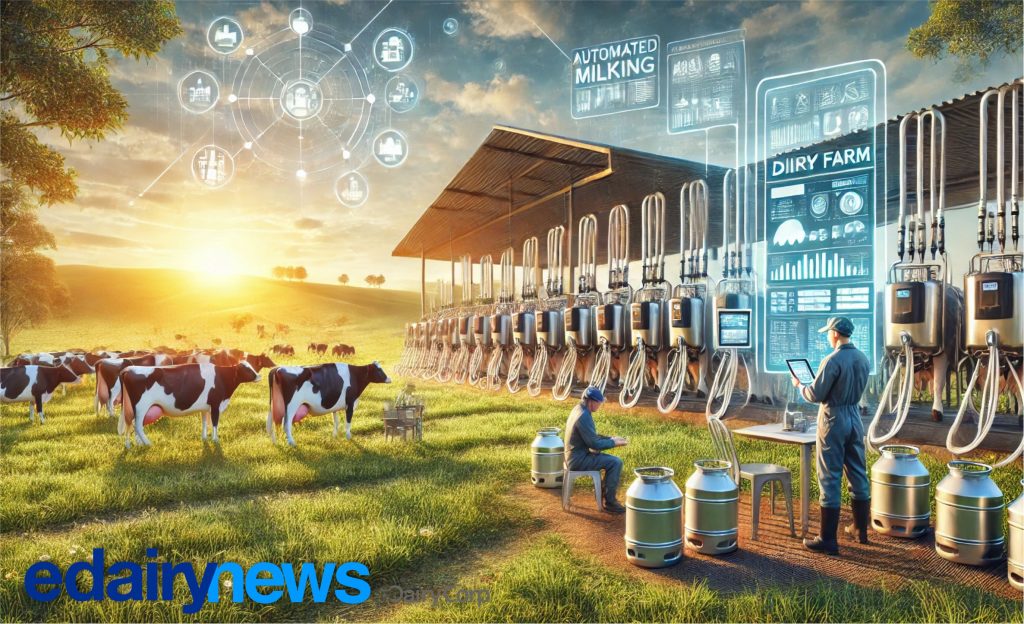During an ISU Extension and Outreach webinar on Sept. 7, O’Rourke emphasized the importance of having a trained workforce available should one’s employees contact the virus.
“It helps people when you have a set of steps in place when facing a current crises,” said O’Rourke. “Even if the operation consists of all family members these steps are profitable. They are not just for those who have non-family hired help.”
O’Rourke gave the example of a wife and mother who keeps the farm’s books. She might discover that her husband or grown children have little knowledge of the bookkeeping system should she fall ill. She stated that dairies and other businesses that have essential daily routines can be drastically affected should an employee come down with the virus or another aliment.
O’Rourke suggests employers develop a five-step workforce contingency plan to prevent any interruption in a farm or agribusiness operation.
The first step in developing such a plan during the pandemic is managers and business owners emphasize their employees continue to social distance, wash hands frequently, provide personal protective gear, and provide for testing. She states that employers need to emphasize these measures in their business operations, and remind workers these are also good practices in their personal lives. Employees need to be encouraged to get tested should symptoms of the virus surface, and should be quarantined if they have been exposed to the virus.
Step two is cross training of workers.
“Cross training and job rotation is always good. This training helps workers see how the whole operation works, and enables workers to step into others’ positions should the need arise,” said O’Rourke, who says training standby workers may be costly, but it could be advantageous should a crisis arise.
Along with the training, a written Standard Operating Procedure Manual should be available so fill-in laborers have information on how to perform a procedure that they may not be familiar with. These procedures should be written in a step-by-step description of how to perform each task. O’Rourke suggests with current technology, videos can be made in advance so standby laborers can both read and see how to perform a task.
A third step is to design and update your workforce contingency plan. In some industries, workers can be brought in from other shifts or other sites. In the cases of dairy farmers they could exchange help with a fellow herdsmen to meet a current emergency. Employers need to constantly update information on how to contact backup help. Communications to backup workers might not go through if the substitute employee’s computer or phone doesn’t accept the e-mail or call labeling it as spam or an unknown number.
In a crisis, local college students or retired individuals could be available for emergency work. O’Rourke says a good source of discovering emergency workers is by asking permanent employees if they know anyone who could fill their position if a crisis arose. Social media is another tool in locating needed help.
Finally, be prepared to function with a smaller workforce. In advance, think through what are essential tasks, and what tasks can be eliminated or placed on a reduced schedule.
“Formulate guidelines for when key leaders become ill or unavailable. Have mid-level workers prepared for leadership,” said O’Rourke.
The key to O’Rourke’s five step plan is to prepare in advance, because no one knows when such a plan will be needed in a farm or agribusiness operation. While COVID-19 might be the current threat, accidents, other illnesses, or unforeseen situations may also impact a current workforce or employer.












